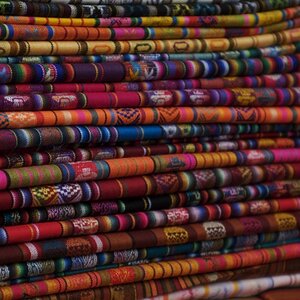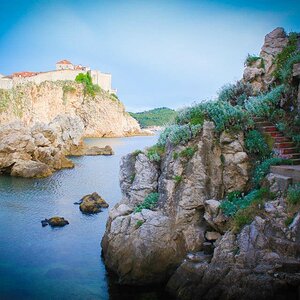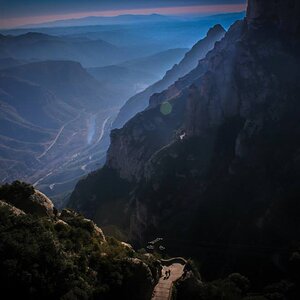bill04
TPF Noob!
- Joined
- Oct 2, 2007
- Messages
- 76
- Reaction score
- 0
- Can others edit my Photos
- Photos OK to edit
Hey,
What do you recommend... a circular that fits my sigma 10-20, and is good for wide angle, and can be used with a step-down ring for my 18-200VR? I'd like to spend ~$100. I don't know the quality difference between the premium brands.
What do you recommend... a circular that fits my sigma 10-20, and is good for wide angle, and can be used with a step-down ring for my 18-200VR? I'd like to spend ~$100. I don't know the quality difference between the premium brands.


![[No title]](/data/xfmg/thumbnail/41/41817-4a0d3ed5be8eccb25845bd566e5cd1cb.jpg?1619739903)









![[No title]](/data/xfmg/thumbnail/31/31012-f5e0c7cdea2f2c3e44737e3f61c2461a.jpg?1619734567)
